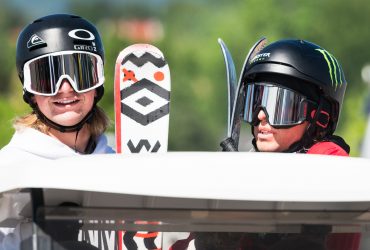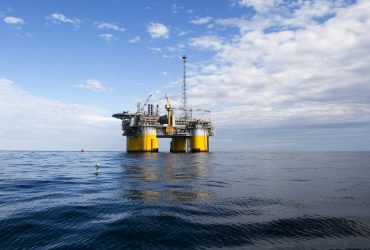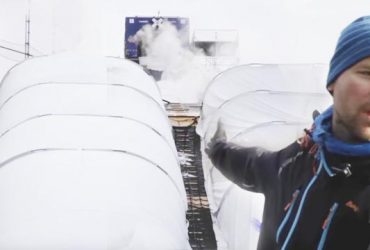
OLYMPUS DIGITAL CAMERA
Joy of Air – A science show for learning practical chemistry
The small auditorium at the Science Centre Heureka is almost completely silent, even though there is a school class of under 10s present. Everyone watches intently as a man with a serious face and a white coat lifts a large jug into the air and carefully pours its contents into a transparent box on the table.
The place looks like a theatre or circus with its spotlights, and the performance is also a bit like a pantomime, a silent theatre. Even the jug looks empty.
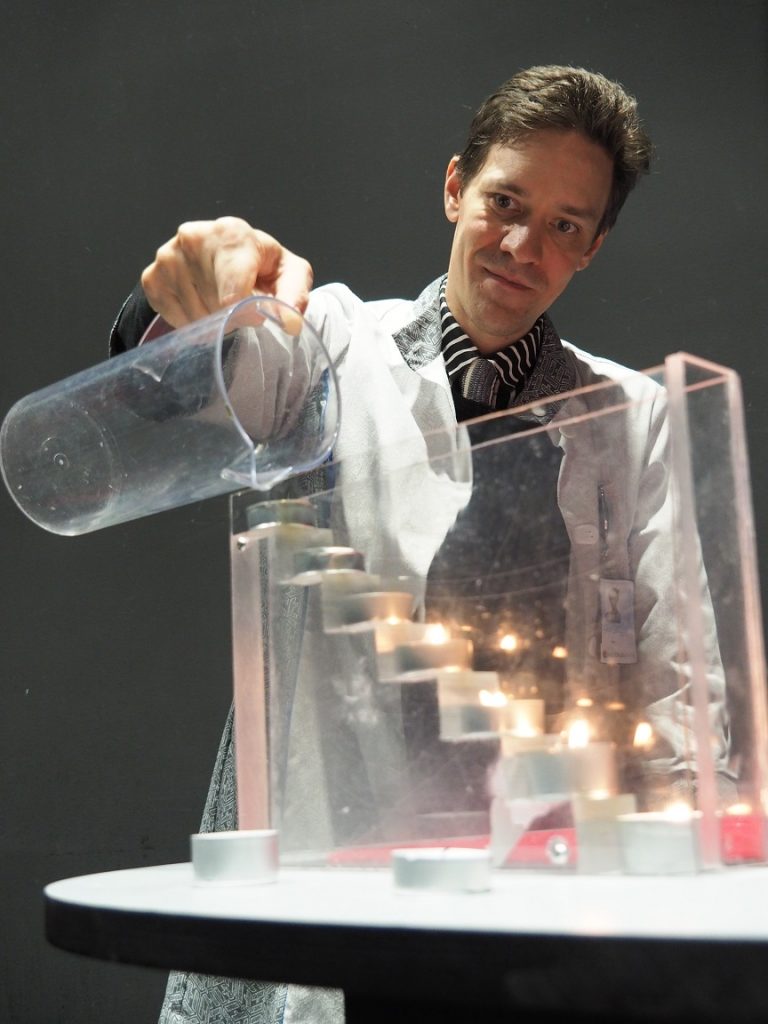
There are tiny steps inside the box, of a capacity of a few litres, and on them, seven lit candles. As the man pours the invisible contents of the jug into the box, the top candle goes out. And then the next one. Whispers are heard in the audience. Another candle goes out. Only slightly louder than a whisper, a girl’s voice from the audience says, ‘Oh…my…God.’
The rest of the candles go out one by one. The man in the white coat straightens his back, smiles, and spreads his hands to receive the cheers of the audience.
The silence is gone. The carbon dioxide trick has left the audience mesmerised.
Established in 1989, Heureka is a science centre where visitors can learn about science and technology by engaging in practical experiments. Heureka allows people to experience the joy of discovery through interactive exhibitions, a planetarium, and different events.
The physicist in the white coat is Mika Mäkelä, whose job title must be one of the greatest that exist. He is an Inspirer, and based on his performance in the Heureka auditorium, he certainly seems to live up to his title.
The 20-minute-long performance was called Joy of Air and it is part of the Science Show programme, sponsored by Linde, which runs in Heureka a few times a day. Currently, the audience is made up of the third grade of Viikinmäki school, in other words, students slightly under 10 years of age and their teachers.
A large proportion of the performances are held for groups, including school classes. Earlier that day, the show was seen by a group of people participating in gas safety training, whose reactions were actually quite similar to those of the school class.
‘We try to take advantage of Heureka and their science shows whenever we hold trainings in the Greater Helsinki area at Linde. The science shows are very good at illustrating the attributes of the gases we deal with in our trainings, and they are a well-liked part of our trainings’, says Minna Herrala, Weldonova expert at Linde.
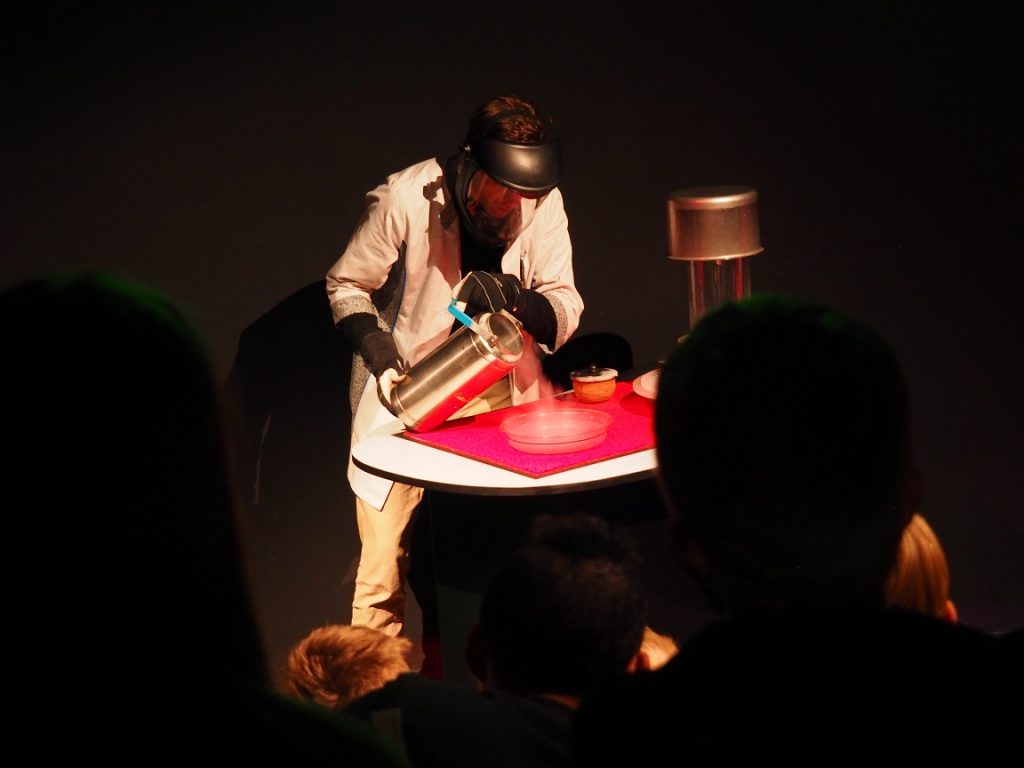
According to Mäkelä, the show is always slightly adjusted to the needs of the audience, but without compromising on facts or scientific accuracy. The audience always learns something new even if they have not come to the show specifically to learn. Theatre and the circus are used as a means to charm and distract the audience. However, the main aim is to concretise and popularise science and to inspire the audience.
Visitors at Heureka can also go on guided lab tours. In the labs, you can learn science experiments that can be repeated at home. Baking soda and citric acid can be used to make carbon dioxide, and red cabbage can be used as an acidity indicator. The aim is to show how chemistry, physics and biology are all around us all the time, and that science can also be used to explain mundane miracles.
At the science shows, however, the aim is to show what astonishing phenomena chemists, for example, can create. ‘The presentations introduce science phenomena and perspectives that are very tangible, yet too difficult to carry out at home. Just like the trick with carbon dioxide.’
The materials used in the science shows are not quite available at your local shop or pharmacy. The carbon dioxide used for extinguishing the candles comes from dry ice, and liquid nitrogen is used to show what extreme cold can do to a balloon, for example. Linde, who is one of the sponsors of the show, delivers the necessary gases to Heureka.
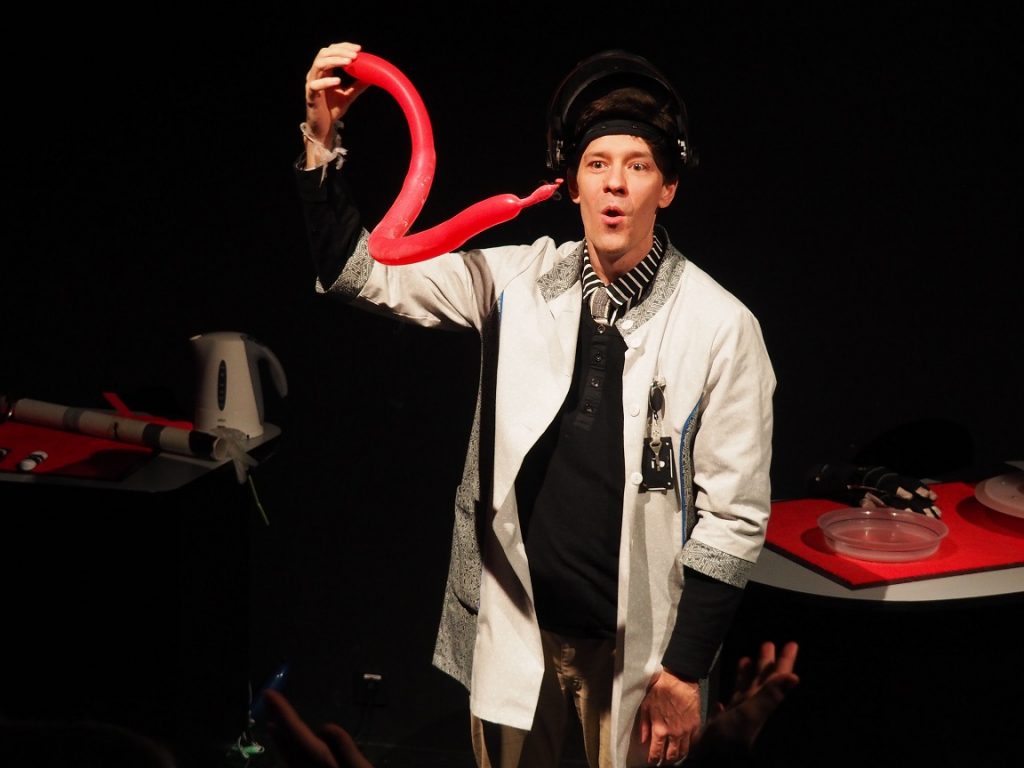
According to Mika Mäkelä, you can only fit a few topics into the 20-minute show. The audience can enjoy a flying device propelled by balloon air, homemade instruments, carbon dioxide, and the coldness of liquid nitrogen.
Mäkelä struggles to convince the third graders that this is science and not magic tricks. Even though it looks like the jug is empty, it actually has something invisible in it.

However, it does not take much to get a third-grader excited. When Mäkelä mentions that the temperature of dry ice is 78 degrees, the audience is completely amazed. According to Mäkelä, it is much harder to impress older children, but at some point, when you manage to do it, the feeling is even more awarding.
The tricks involving liquid nitrogen have been saved for the end of the show. Let’s see how a balloon can shrink to the size of a raisin and then grow back to its original size when the temperature of the air inside it is increased.
As a grand finale, the Inspirer lifts the jug up high again. Now it has boiling water inside it, which is poured onto the liquid nitrogen. The lights on the stage change and colour the steam pouring out of the jug red. The Inspirer Mäkelä captivates his audience as he peers from behind the steam cloud enthusiastically, as if he were seeing the show for the first time.
The show is over and the audience rushes onto the stage. Most likely at least one of these children has been inspired to become a scientist when they grow up.

